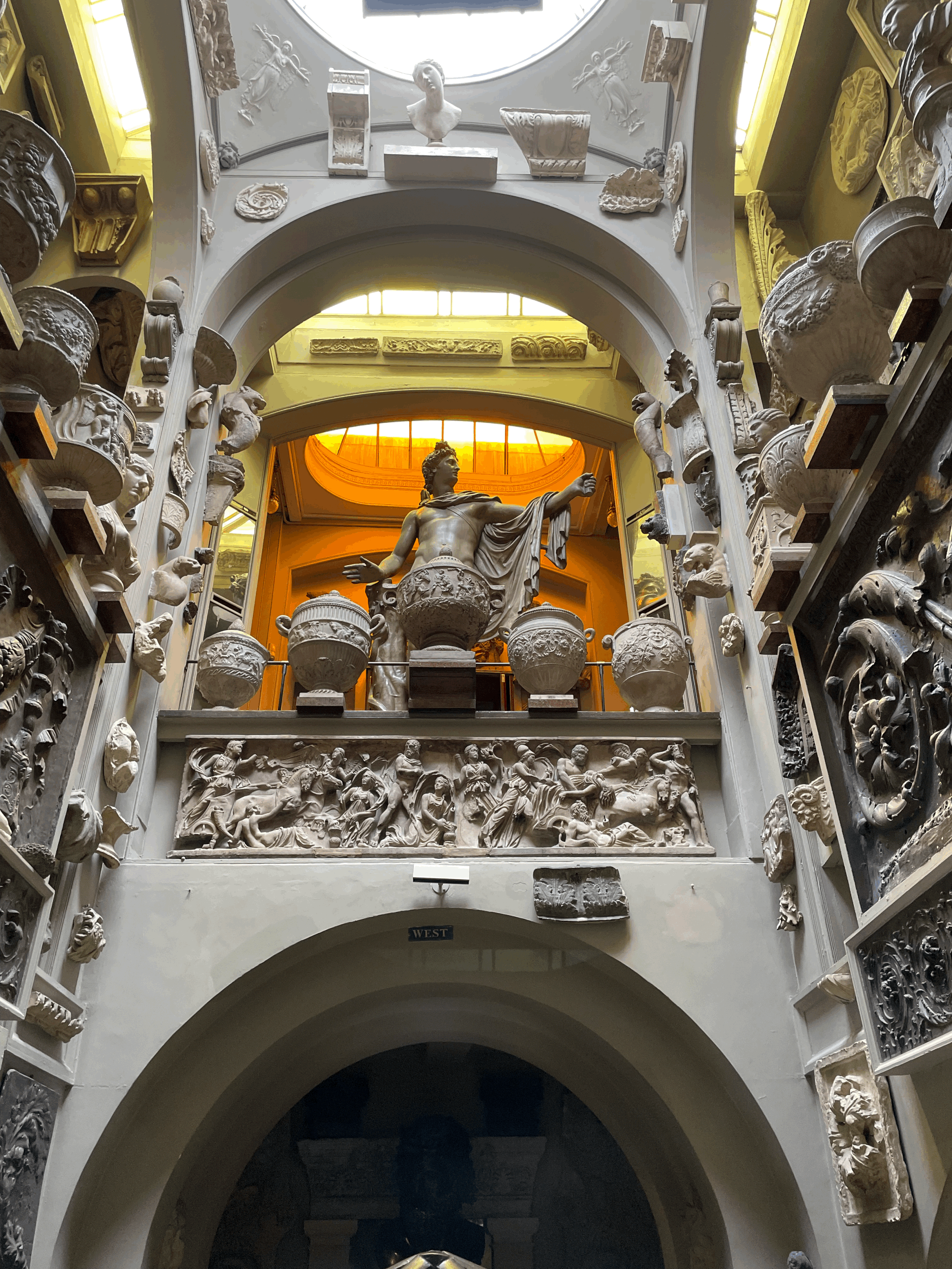Professional Appraisal Services of Art, Antiques, Silver, and Household Contents
How much is this thing worth?
People often contact me about a piece of [fill in the blank] because they have been told by a grandmother or a great aunt that it is very valuable and not to “just get rid of it.” My response is usually “forget the family lore.” The first step in determining the value of something is to identify the item correctly. For example, is it a painting or a print? Who made it and when? Is it an original or a reproduction? And so forth.
Sometimes people call me because they have not relied on family lore but rather conducted their own research which has led them to think they have something “worth appraising.” Problems arise when they have not correctly identified the item. Having run a picture of the item through google lens, they believed they had a “George III sterling silver wine cooler” and saw one for sale for $40k at a silver shop. What they actually had was a “silver-plated wine cooler made in the Georgian style in the 1950s” that would sell for less than $1k.
Once the item is identified correctly, the next step is usually to look at prices for comparable items at retail sellers and in recent auction records. What was valuable decades ago, i.e. what was desirable and in fashion, is not necessarily what is “in” today. Antique furniture is a good example of a category that has largely depreciated, although there are exceptions. I have a story along these lines from my own family. My grandmother was an antiques dealer and the first importer of antiques from England and France to Birmingham. I remember her telling my mom and me that a particular antique secretary was “very fine” and would “fetch $60,000 at auction in London.” Well, that was true for the “18th-century William and Mary burl walnut double-bonnet secretary with original mirror-paneled doors” four plus decades ago. Today, one would need to drop a zero.
This takes me to my next point which is the importance of condition. Let’s say your eccentric cousin left you a Picasso print in his will. You always loved looking at it as a kid but you were hoping to sell it and use the proceeds to retire early. What you might not realize is that, when the print was framed 50 years ago, there was little understanding of the impact of materials - matting, hinging, glazing, etc. - on the life of the print. In fact, there were no such thing as “archival” materials. Consequently, the print was backed with cardboard and, over the years, acid from the cardboard leached onto the print causing brown stripes to appear. Additionally, regular plate glass was used on the front so the print had faded from exposure to light. While it is generally safe to assume that work by the great masters appreciates over time, condition can change that trajectory. Condition is everything when it comes to works on paper.
I do not mean to be “a Debbie Downer.” There are indeed wonderful surprises in my line of work. For example, one day I had a call from a woman who was shopping at a thrift store. She thought she had discovered a significant work of art. Rolling my eyes, I told her to text me a photo. The image she sent showed a framed painting in the bottom of a shopping cart. Despite the casualness of the photo, I could tell right away that she was on to something. It was an original painting of an exotic woman by a 19th-century “Orientalist" painter. The caller bought the work for close to nothing and then sent it to auction where it fetched a nice sum.
Recently in the news, there was a story about a painting of a fisherman that someone had bought at a garage sale in Minnesota that ended up being identified as an early work by Vincent Van Gogh. This is the Antiques Roadshow moment that everybody hopes for but is rarer than finding a needle in 100 haystacks. Treasure hunters, however, keep my phone ringing. To date, I have heard from three different people who believed they had found an original copy of the Declaration of Independence; two who claimed to have Thomas Gainsborough’s “Blue Boy;” and one who thought he had Mies van den Rohe’s Barcelona chair.
I always say that it is as important to know something has low value or no value, as it is a high value. Furthermore, there are other types of value that do not come with dollar signs. Sometimes, the value of an object is purely decorative or sentimental. It is my aim to help people appreciate all the facets of their “treasures.”


